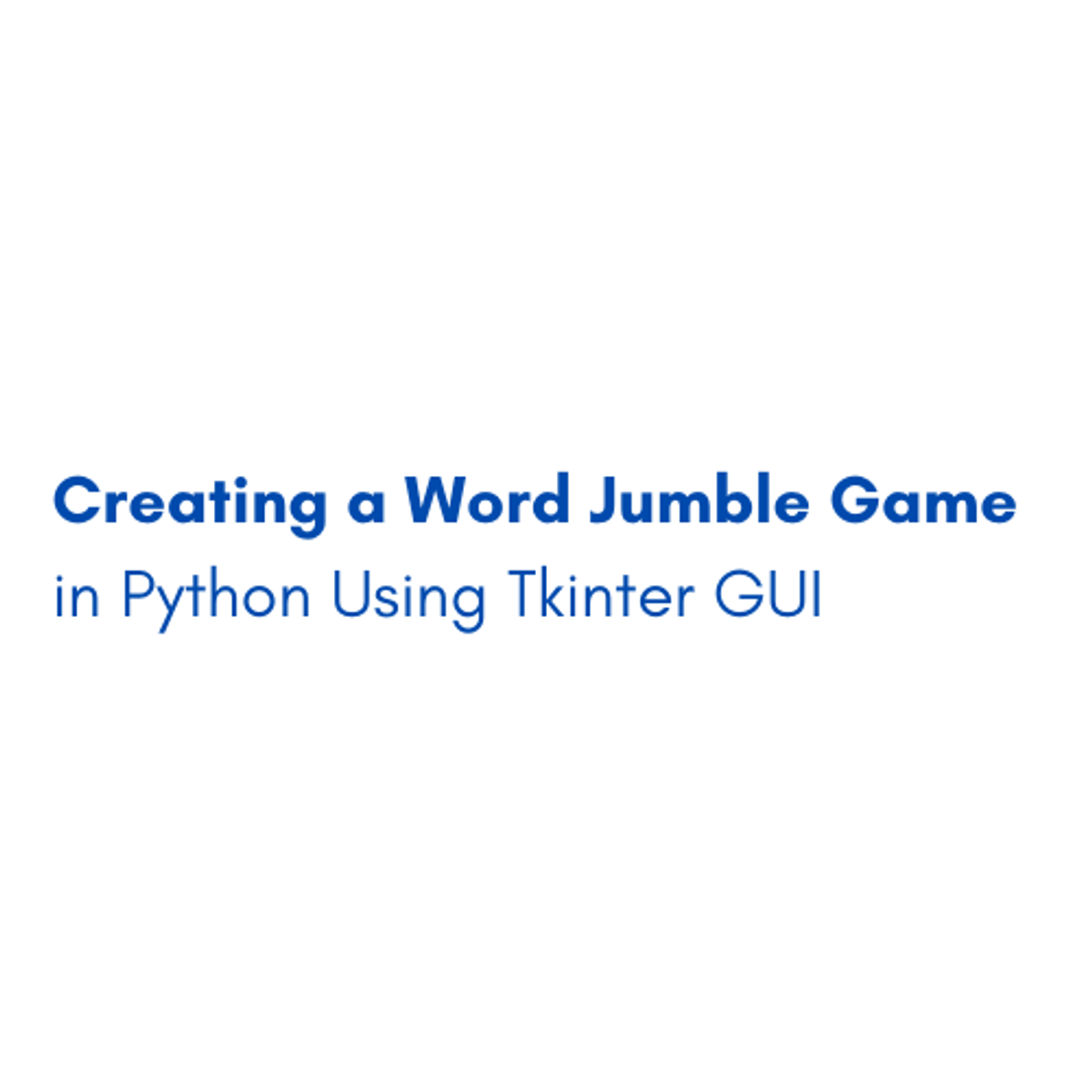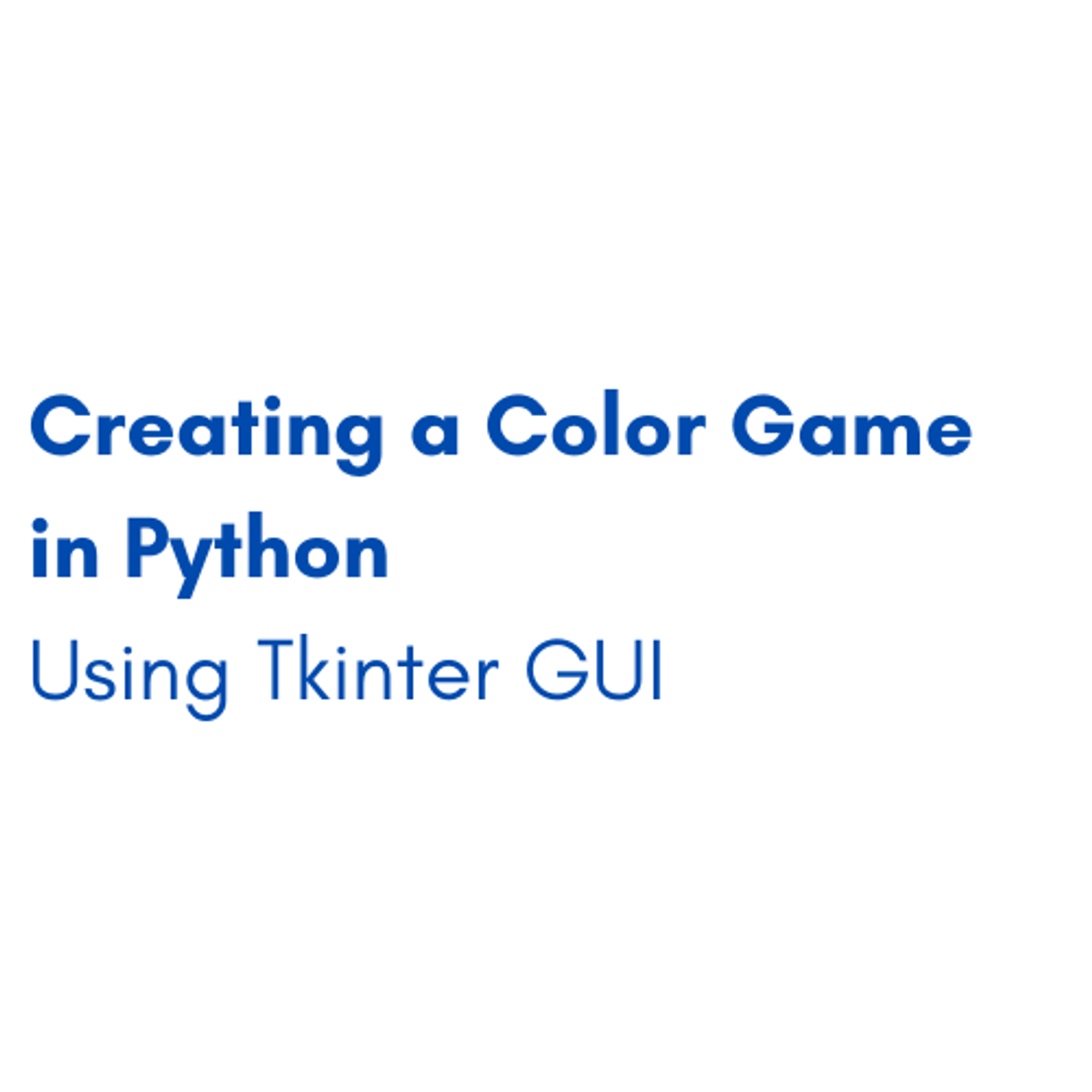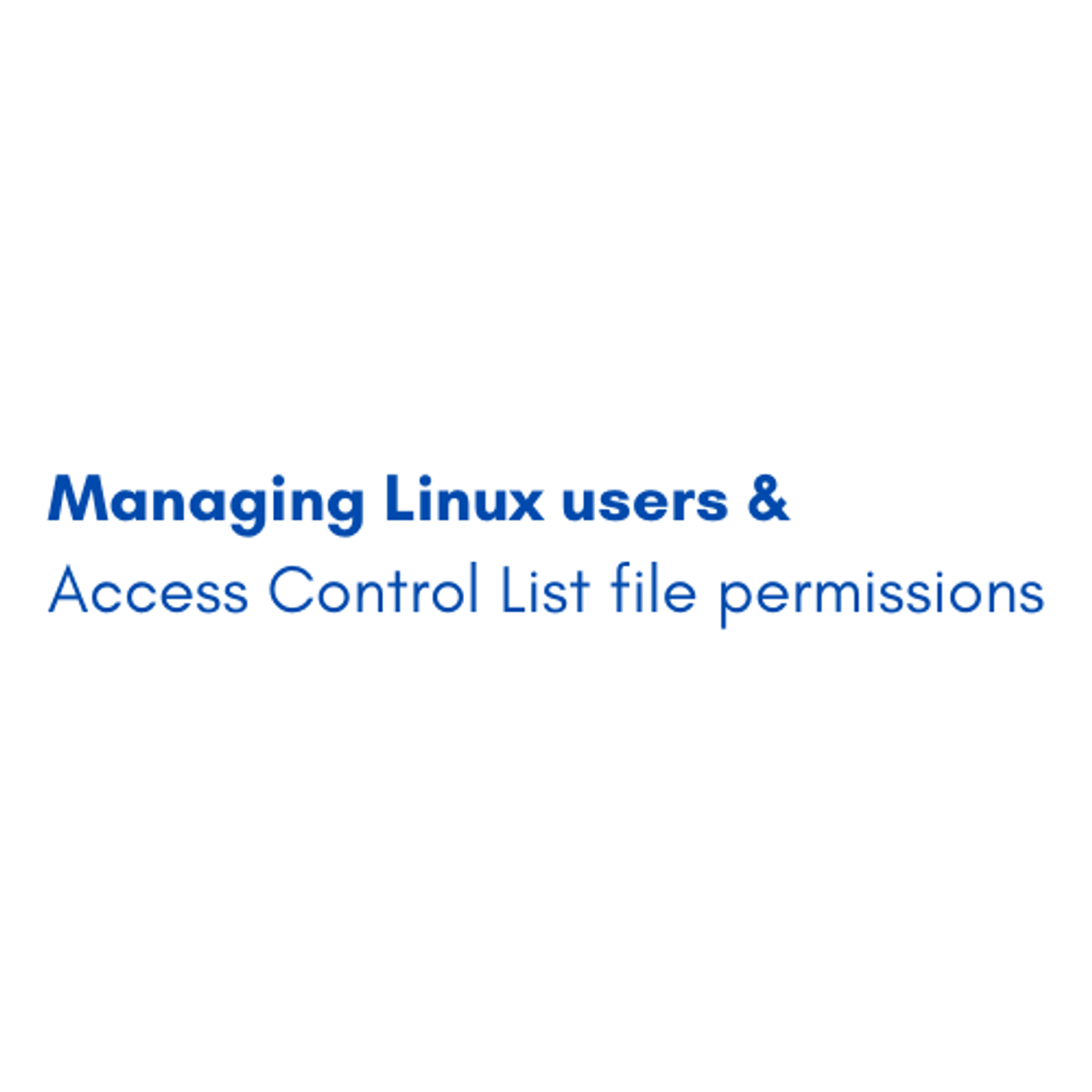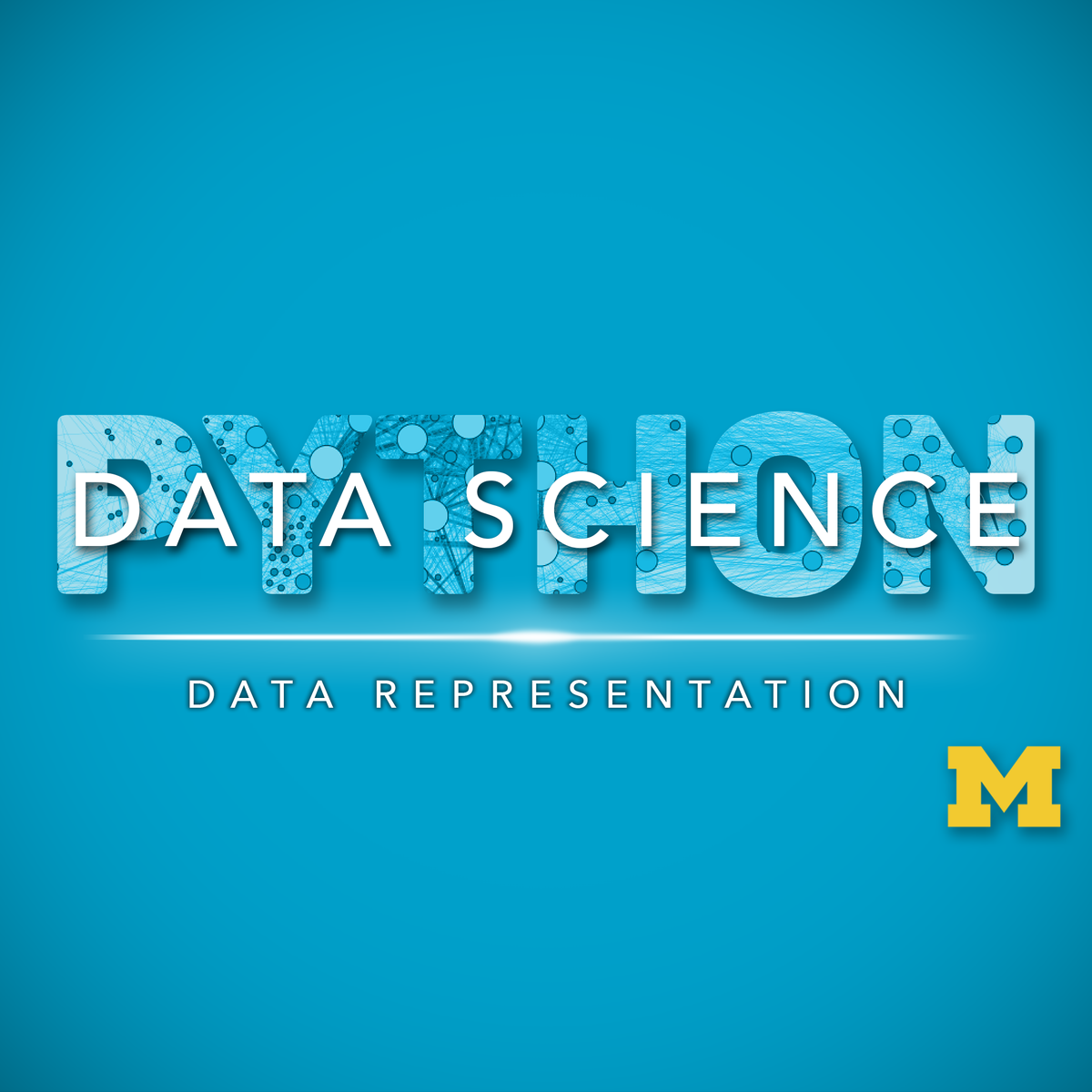Back to Courses









Computer Science Courses - Page 193
Showing results 1921-1930 of 2309

Create basic behavior with C# in Unity
In this 1-hour, project-based course, you will create a simple game environment and a handful of simple blocks of code called “components” and attach them to game-objects in various configurations. You will develop a foundational understanding of coding in C# and understand the value and power of Unity’s component system. Additionally, you'll learn some simple techniques to make your code more robust and manageable.

Creating a Word Jumble Game in Python Using Tkinter GUI
In this 1-hour long project-based course, you will learn how to be able to create a fully functioning Word Jumble Game using tkinter GUI in python. You will be able to create, add, and customize different widgets using tkinter to create your own functional app. You will also be able to organize the widgets in the tkinter window by creating frames and using the grid method, as well as improve the Game by creating and adding score and time countdown to our game.
Note: This course works best for learners who are based in the North America region. We’re currently working on providing the same experience in other regions.

C++ Decision Programming
In this project you will create an application that yields a zodiac sign based on an input of birth month and day.
The process of making decisions is fundamental in programming, just as it is in real life. A pre-existing condition is evaluated, and a decision is made based on the evaluation. For example, if it is cold outside, a person chooses to wear a coat. If a temperature sensor exceeds a certain threshold, the furnace turns off. In C++, as in other programming languages, a decision construct is used to control the sequence of instructions that are executed under certain conditions. It allows the programmer the power to take certain action based on various input conditions. For example, a grading program will need to assign a certain grade based on a test score.
Note: This course works best for learners who are based in the North America region. We’re currently working on providing the same experience in other regions.

Practical Python for AI Coding 1
Introduction video: https://youtu.be/TRhwIHvehR0
This course is for a complete novice of Python coding, so no prior knowledge or experience in software coding is required. This course selects, introduces, and explains Python syntaxes, functions, and libraries that were frequently used in AI coding. In addition, this course introduces vital syntaxes, and functions often used in AI coding and explains the complementary relationship among NumPy, Pandas, and TensorFlow, so this course is helpful for even seasoned python users. This course starts with building an AI coding environment without failures on learners’ desktop or notebook computers to enable them to start AI modeling and coding with Scikit-learn, TensorFlow, and Keras upon completing this course. Because learners have an AI coding environment on their computers after taking this course, they can start AI coding and do not need to join or use the cloud-based services.

Data-Driven Testing (via Database) with Selenium & TestNG
Selenium is one of the most famous UI test automation tool which works well with the TestNG testing framework.
Data-Driven testing is test design and execution strategy where test data is external to your functional tests. One of the ways is to keep the test data in external source like a database.
The library used to read data from the database (MySql) is JDBC (My Sql Connector)
In this two hours guided project, through hands-on, practical experience, you will go through concepts writing reusable and structure code, writing utilities to read test data from an external source like database, and derive test cases through these test data.

Learn C++ Functions
In this 1-hour long project-based course, you will (learn and understand C++ functions, Develop console applications using C++ functions).
C++ is a great programming language and rich in functions.
We will learn and understand C++ functions , mainly we focus on user defined functions and by the end of this project you will be able to create basic console applications using C++ functions.
Note: This course works best for learners who are based in the North America region. We’re currently working on providing the same experience in other regions.

Creating a Color Game in Python Using Tkinter GUI
In this 1-hour long project-based course, you will learn how to be able to create a fully functioning Color Game using tkinter GUI in python. You will be able to create, add, and customize different widgets using tkinter to create your own functional app. You will also be able to organize the widgets in the tkinter window by creating frames and using the grid method, as well as improve the Game by creating and adding score and time countdown to our game.
Note: This course works best for learners who are based in the North America region. We’re currently working on providing the same experience in other regions.

Managing Linux users & Access Control List file permissions
By the end of this project, you will be able to apply and practice the important commands needed to manage your Linux system efficiently. You will be able to access information related to the user and its group ID in your Linux system using the “id” command. You will be able to switch to the root user and use it to run commands that need full privileges. Moreover, you will be able to create, modify, and delete users and groups and manage their passwords across your Linux system. Also, you will be able to identify access control lists and use “setfacl” and “getfacl” commands for setting up ACL and showing ACL respectively. Finally, you will be able to set default ACLs on directories, assign automatically the default ACL permissions to any files created within that directory and remove all set ACL permissions / ACL for a specific user on a particular file.
Note: This course works best for learners who are based in the North America region. We’re currently working on providing the same experience in other regions.

Applied Plotting, Charting & Data Representation in Python
This course will introduce the learner to information visualization basics, with a focus on reporting and charting using the matplotlib library. The course will start with a design and information literacy perspective, touching on what makes a good and bad visualization, and what statistical measures translate into in terms of visualizations. The second week will focus on the technology used to make visualizations in python, matplotlib, and introduce users to best practices when creating basic charts and how to realize design decisions in the framework. The third week will be a tutorial of functionality available in matplotlib, and demonstrate a variety of basic statistical charts helping learners to identify when a particular method is good for a particular problem. The course will end with a discussion of other forms of structuring and visualizing data.
This course should be taken after Introduction to Data Science in Python and before the remainder of the Applied Data Science with Python courses: Applied Machine Learning in Python, Applied Text Mining in Python, and Applied Social Network Analysis in Python.

Data-Driven Testing (via spreadsheet) with Selenium & TestNG
Selenium is one of the most famous UI test automation tool which works well with the TestNG testing framework.
Data-Driven testing is test design and execution strategy where test data is external to your functional tests. One of the ways is to keep the test data in external files like Excel sheets.
The library used to read data from the excel sheet is POI from Apache
In this two hours guided project, through hands-on, practical experience, you will go through concepts writing reusable and structure code, writing utilities to read test data from an external source like Excel sheets, and derive test cases through these test data.
